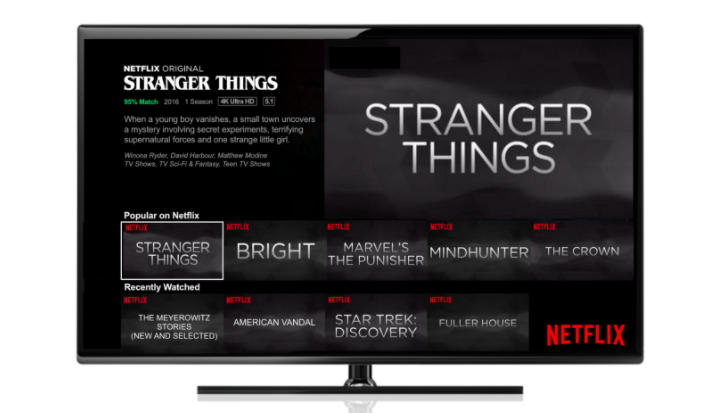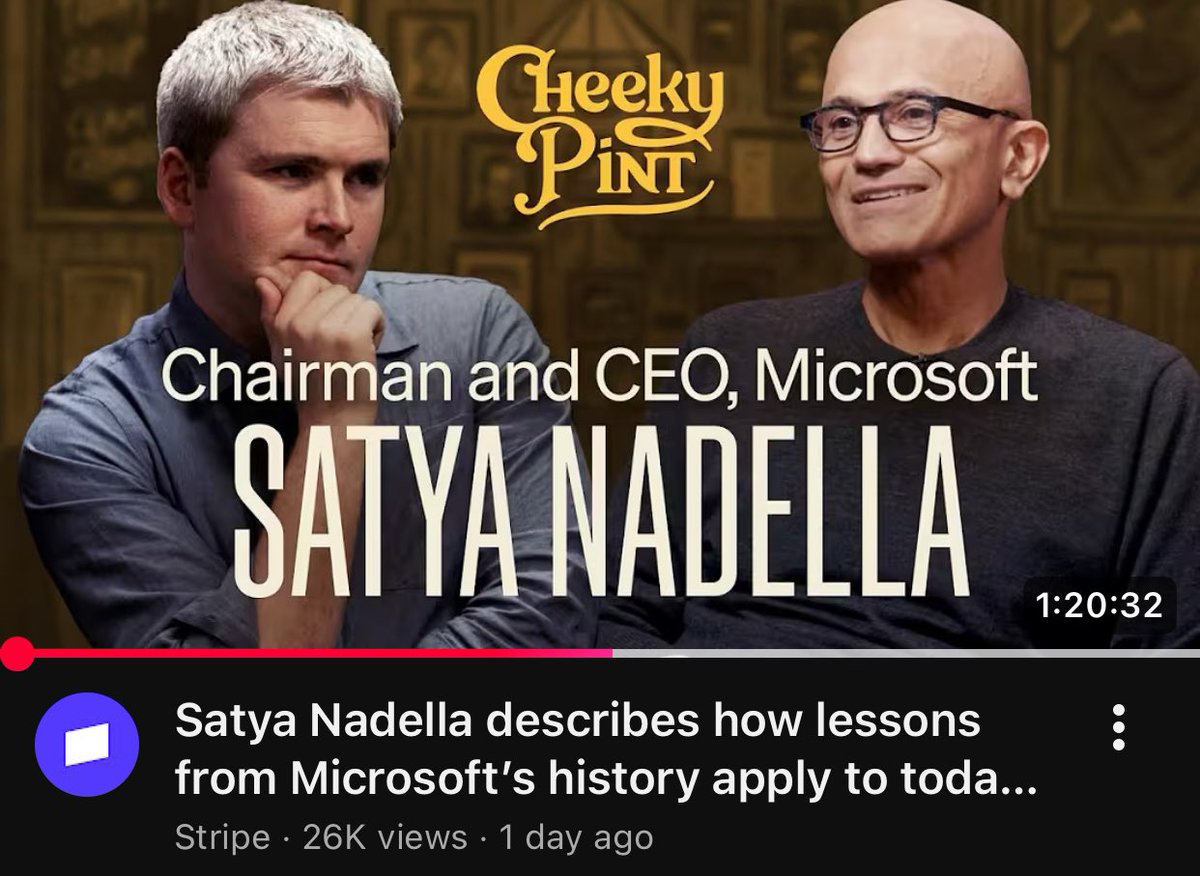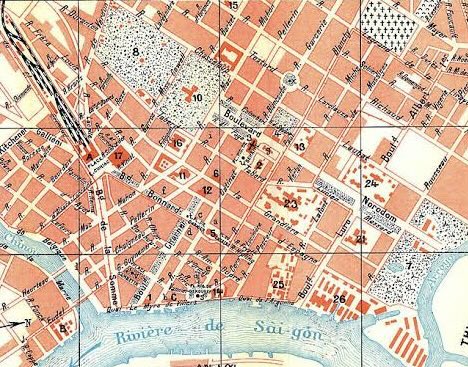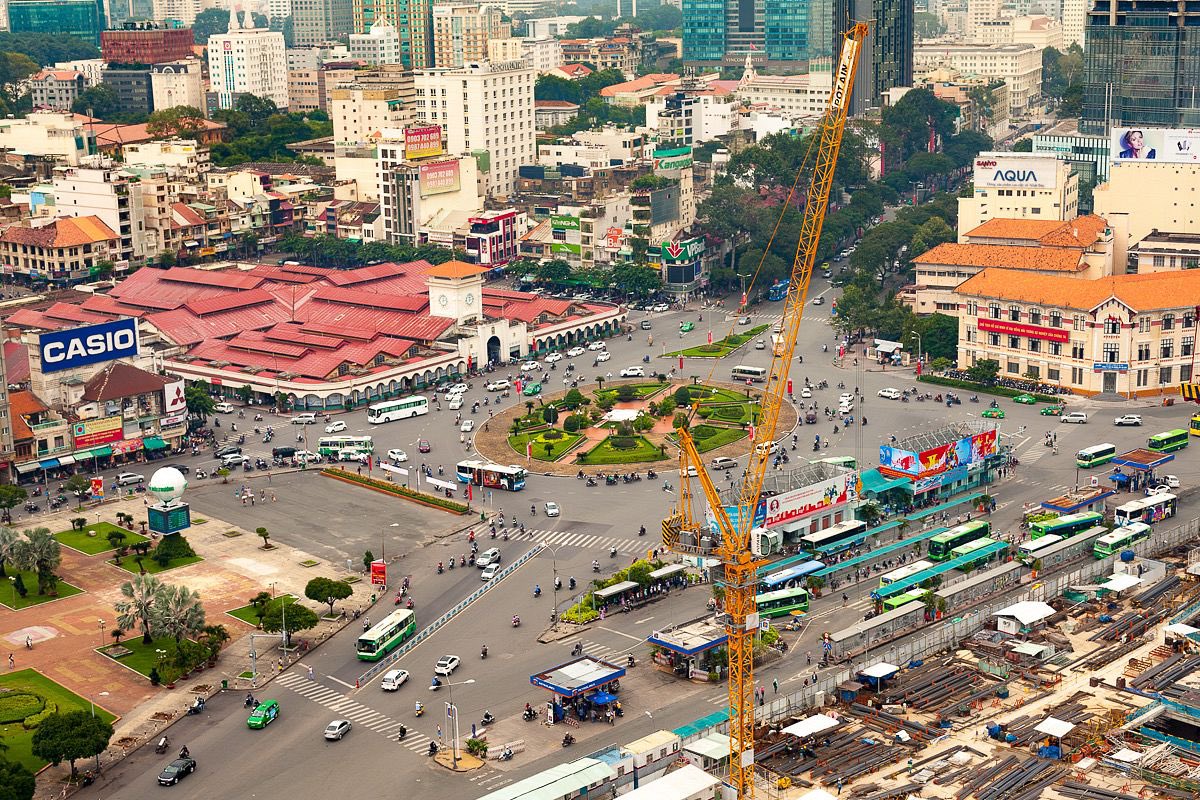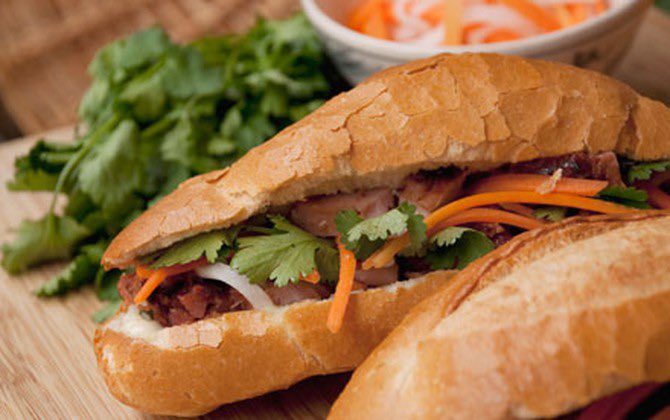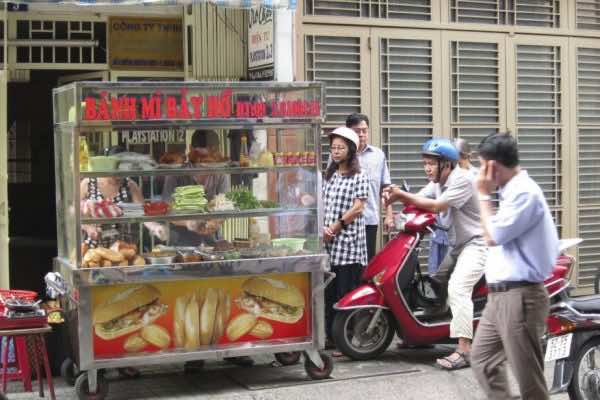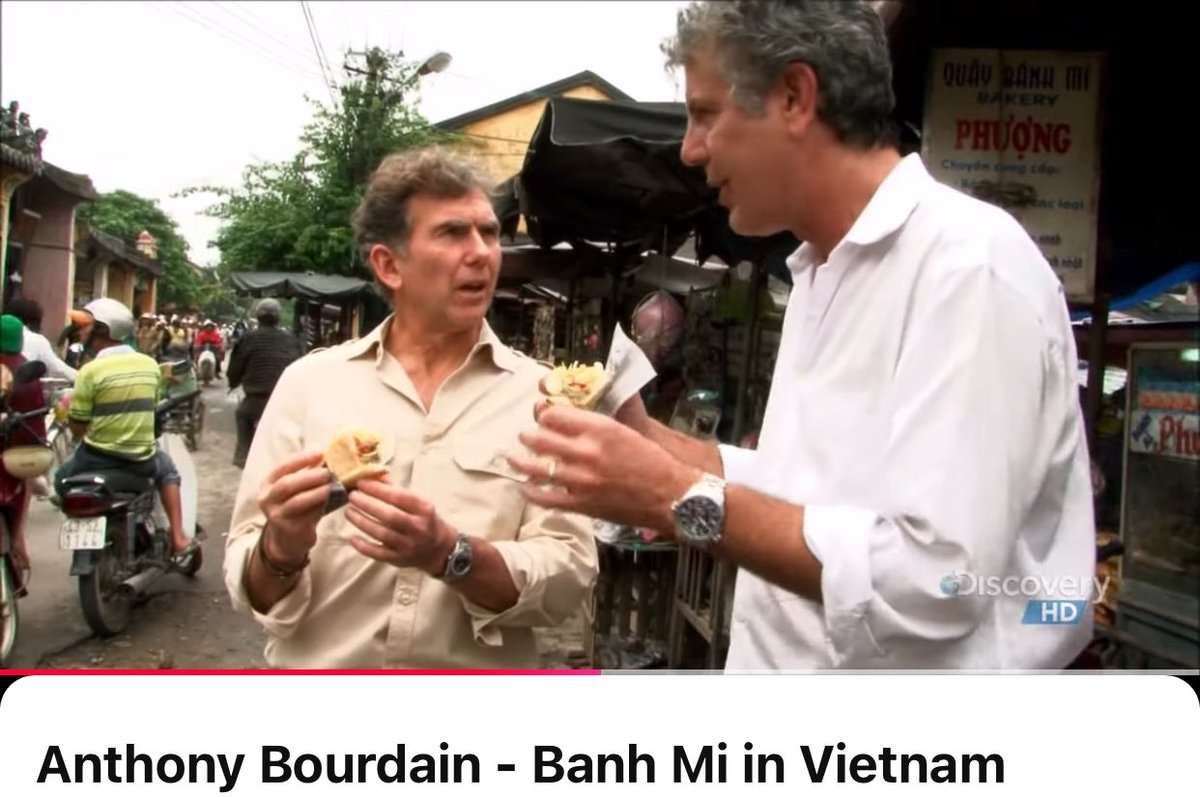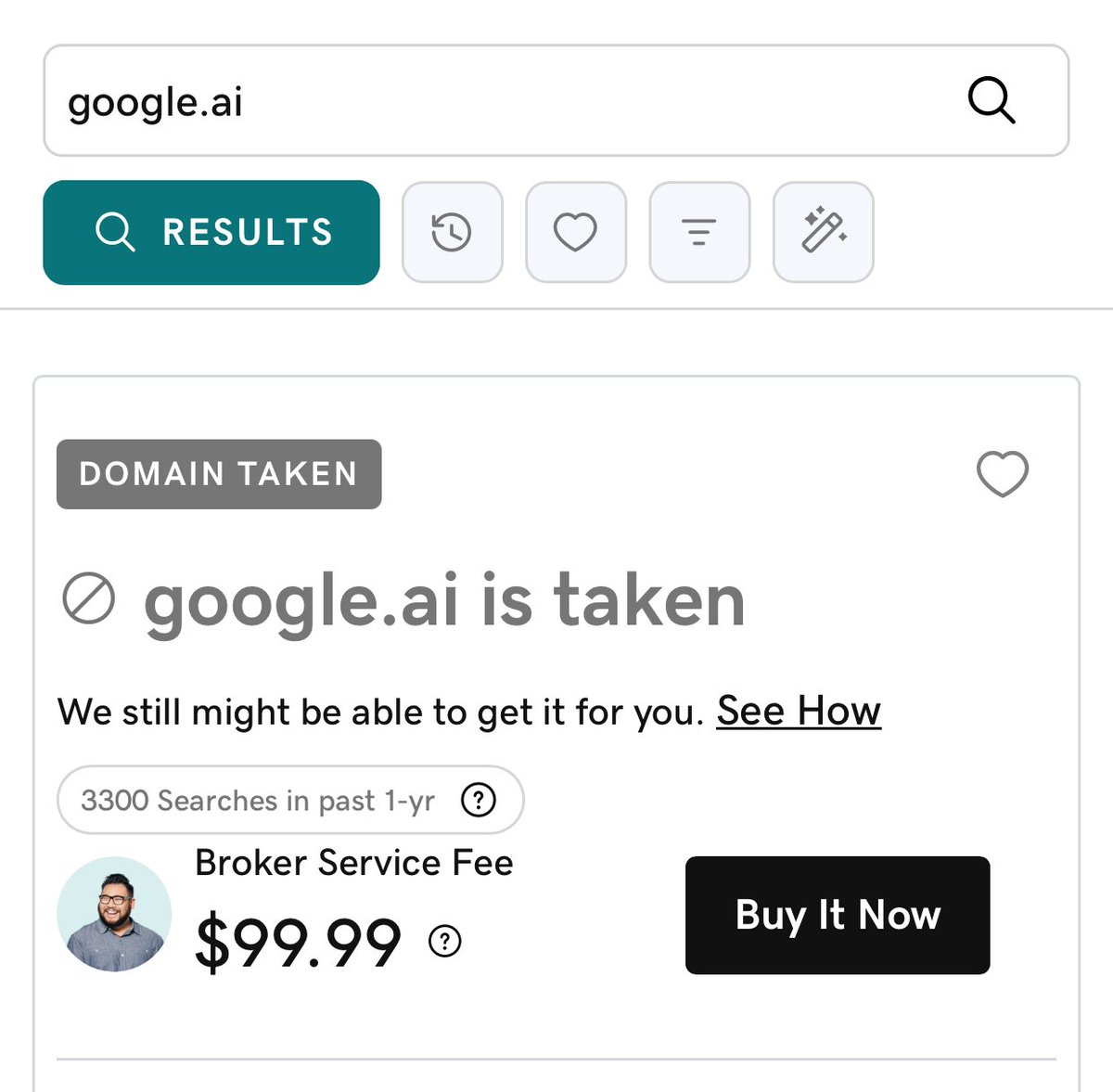A Netflix user will browse the app for 90 seconds and leave if they find nothing.
Thumbnail artwork is actually NFLX's most effective lever to influence a viewer's choice. A user will look at one for only 1.8 seconds, so NFLX spends huge to optimize them.
Here's a breakdown🧵
Thumbnail artwork is actually NFLX's most effective lever to influence a viewer's choice. A user will look at one for only 1.8 seconds, so NFLX spends huge to optimize them.
Here's a breakdown🧵

1/ Spoiler alert: humans are visual animals.
Our eyes move 3-4x per second to process information and we can analyze an image in as little as 13 milliseconds.
Our eyes move 3-4x per second to process information and we can analyze an image in as little as 13 milliseconds.
2/ In 2014, Netflix consumer research showed that thumbnail artwork:
◻️ is "the biggest influencer...to watch content"
◻️ is the focus of 82% of browsing time
A user looks at one for only 1.8 seconds. If they can't find Netflix content in 90 seconds, they'll leave the app.
◻️ is "the biggest influencer...to watch content"
◻️ is the focus of 82% of browsing time
A user looks at one for only 1.8 seconds. If they can't find Netflix content in 90 seconds, they'll leave the app.
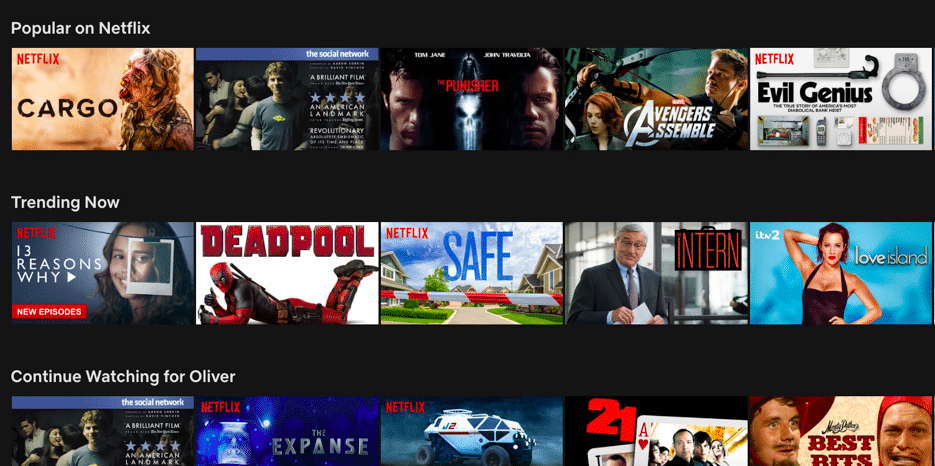
3/ Consequently, Netflix uses an elaborate thumbnail selection process for each of its 200m+ users.
The process is called aestethic visual analysis (AVA), which starts by pulling all the frames from a video.
For reference: a 1hr episode of "Stranger Things" has 86k frames.
The process is called aestethic visual analysis (AVA), which starts by pulling all the frames from a video.
For reference: a 1hr episode of "Stranger Things" has 86k frames.
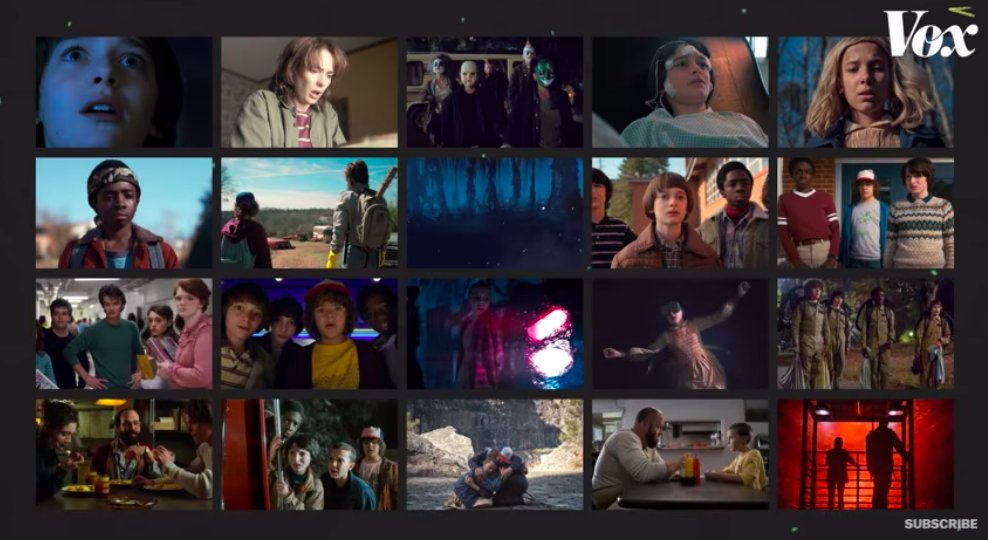
4/ In a process known as "Frame Annotation", each frame is tagged with metadata identifying key variables:
◻️ Saliency
◻️ Frame #
◻️ Brightness / Contrast
◻️ Nudity probability
◻️ Face / skin tone
◻️ Saliency
◻️ Frame #
◻️ Brightness / Contrast
◻️ Nudity probability
◻️ Face / skin tone
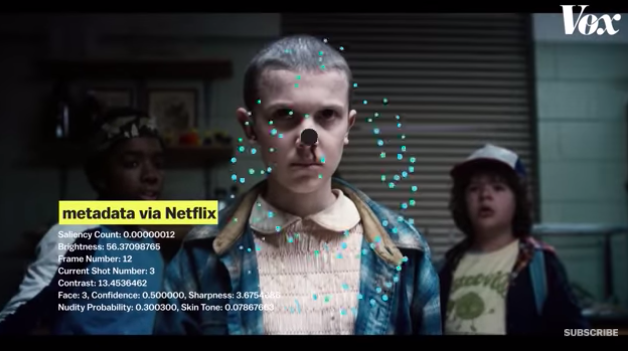
5/ The frames are then graded on these variables.
◻️ Visual (brightness, contrast, color, motion blur)
◻️ Contextual (face detection / shot angle)
◻️ Composition (photography principles like "rule of thirds", symmetry, depth of field)
◻️ Visual (brightness, contrast, color, motion blur)
◻️ Contextual (face detection / shot angle)
◻️ Composition (photography principles like "rule of thirds", symmetry, depth of field)
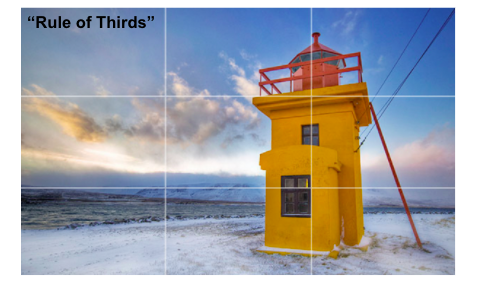
6/ The next step is "Image Ranking", which chooses the best thumbnails (most likely to be clicked).
Winning traits include:
◻️ Expressive faces
◻️ Main characters
◻️ Brightness
For "Unbreakable Kimmy Schmidt", Netflix research showed the bottom right frame as the "winner".
Winning traits include:
◻️ Expressive faces
◻️ Main characters
◻️ Brightness
For "Unbreakable Kimmy Schmidt", Netflix research showed the bottom right frame as the "winner".
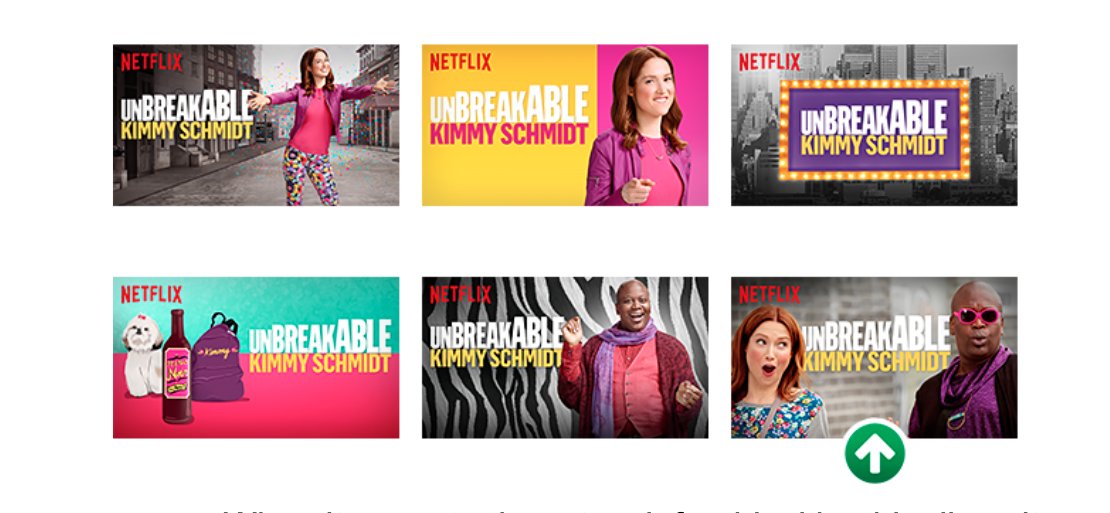
7/ Another winning trait is good localization.
The best thumbnails (green arrow) for each country for the show "Sense8" had attributes most attractive to that specific region.
The best thumbnails (green arrow) for each country for the show "Sense8" had attributes most attractive to that specific region.
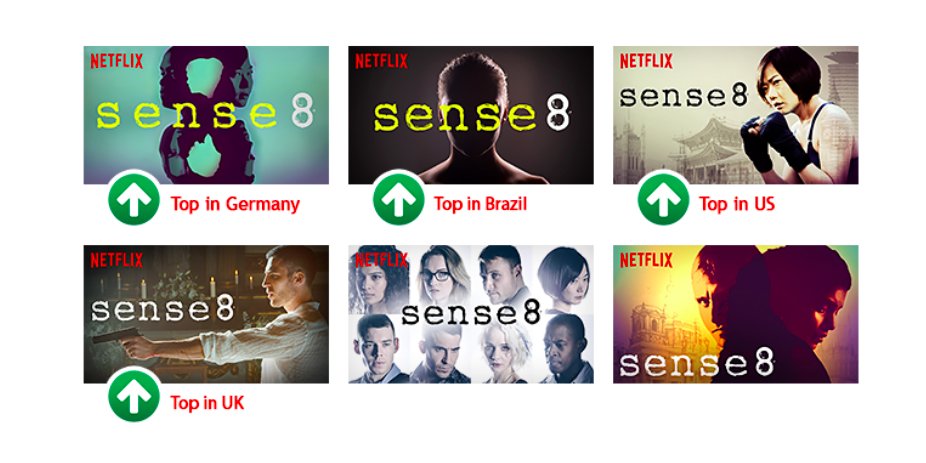
8/ Also: thumbnails with villainous characters outperform.
Netflix says these bad guy thumbnails (green arrow) for "Dragons: Race to the Edge" are the most clicked.
Netflix says these bad guy thumbnails (green arrow) for "Dragons: Race to the Edge" are the most clicked.
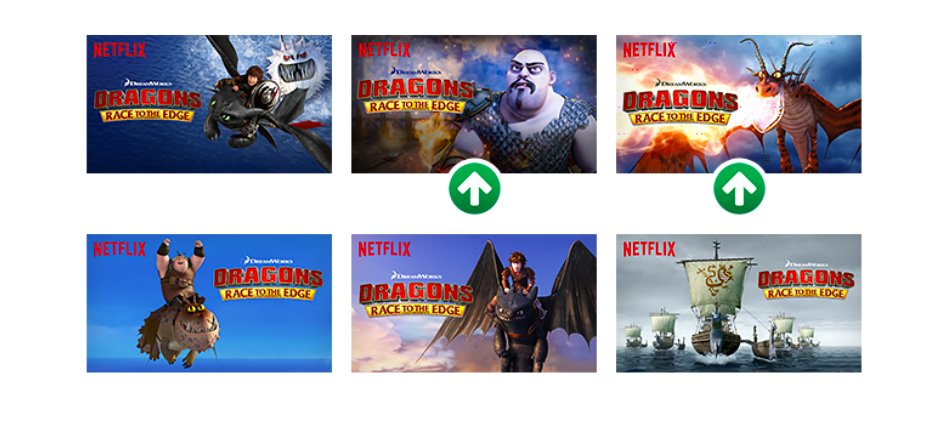
9/ One last finding: Netflix discovered that thumbnails with more than 3 people vastly underperform.
Netflix applied this knowledge for the rollout of "Orange Is The New Black". Season 2 has only one character in the thumbnail (vs. an ensemble for Season 1)
Netflix applied this knowledge for the rollout of "Orange Is The New Black". Season 2 has only one character in the thumbnail (vs. an ensemble for Season 1)

10/ One reason Netflix started creating its own thumbnails is that the artwork provided by studios weren't optimized for the streaming app.
The creative work Netflix received was meant for other mediums like billboards or DVD covers.
The creative work Netflix received was meant for other mediums like billboards or DVD covers.
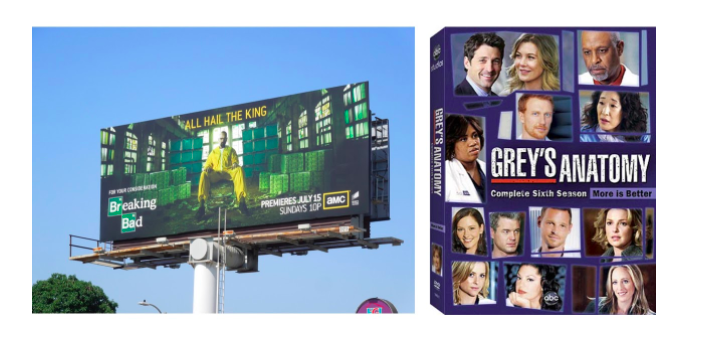
11/ At the most basic level, Netflix applies ML to select a thumbnail for you based on recent watch history.
Take "Good Will Hunting" as an example:
◻️ Rom-com watchers get the top thumbnail ("a date")
◻️ Comedy fans get the bottom thumbnail (with Robin Williams)
Take "Good Will Hunting" as an example:
◻️ Rom-com watchers get the top thumbnail ("a date")
◻️ Comedy fans get the bottom thumbnail (with Robin Williams)

11/ Here are different Netflix thumbnail selections for "Pulp Fiction":
◻️ Uma Thurman fans get the top thumbnail
◻️ John Travolta fans get the bottom thumbnail
◻️ Uma Thurman fans get the top thumbnail
◻️ John Travolta fans get the bottom thumbnail
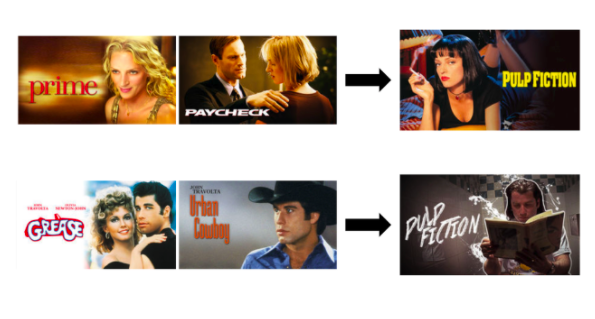
12/ Unsurprisingly, Netflix also A/B tests the thumbnails it shows users. The artwork is constantly changing.
Here is a sample of thumbnails for the film "The Short Game" and how each performed:
Here is a sample of thumbnails for the film "The Short Game" and how each performed:
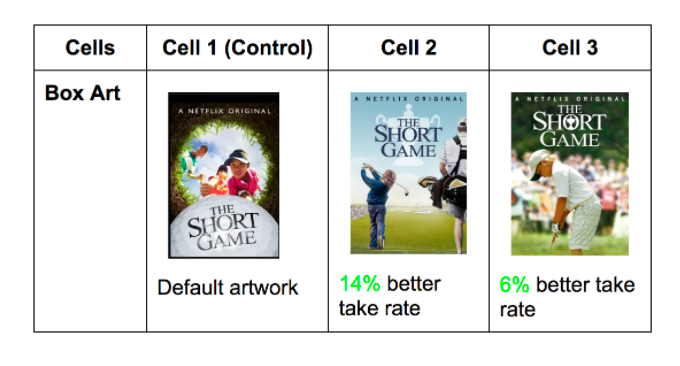
13/ As with any ML algorithm, results can be curious. In 2018, Netflix was accused of creating artwork based on race.
For a majority caucasian film "Like Father", one Black user was served the right image. Netflix said it makes artwork only on viewing history (not demographics).
For a majority caucasian film "Like Father", one Black user was served the right image. Netflix said it makes artwork only on viewing history (not demographics).
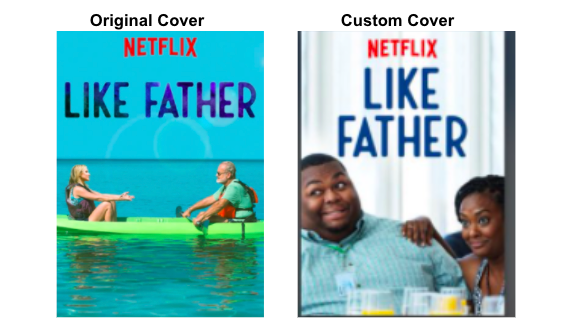
14/ A less harmless example of thumbnail optimization is showcasing trending actors / actresses for content they played a smaller role in:
https://twitter.com/ballmatthew/status/1336078818994507779?lang=en
15/ Back to the Squid Game thumbnails from the 1st tweet. They don't really follow any of the artwork "rules".
Then again, those are only 3 that I saw out of 1000s of other options.
And Squid Game is about to be NFLX's most popular original series ever, so something's working.
Then again, those are only 3 that I saw out of 1000s of other options.
And Squid Game is about to be NFLX's most popular original series ever, so something's working.
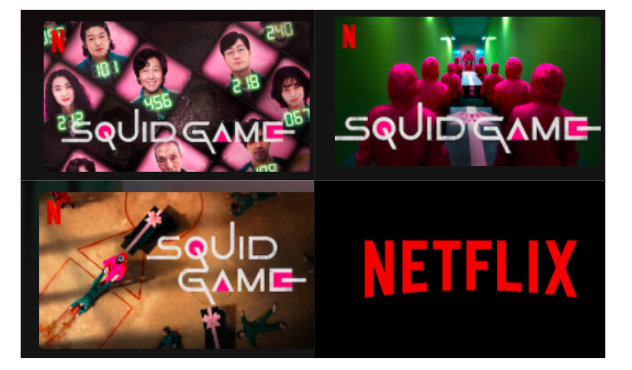
16/ If you enjoyed that, I write threads breaking down tech and business 1-2x a week.
Def follow @TrungTPhan to catch them in your feed.
Here's a one that might tickle your fancy:
Def follow @TrungTPhan to catch them in your feed.
Here's a one that might tickle your fancy:
https://twitter.com/TrungTPhan/status/1429464889307762688?s=20
17/ Sources
Vox: vox.com/2018/11/21/181…
Thumbnail controversy: nme.com/news/netflix-a…
Netflix internal docs are a must read
1: about.netflix.com/en/news/the-po…
2: netflixtechblog.com/selecting-the-…
Vox: vox.com/2018/11/21/181…
Thumbnail controversy: nme.com/news/netflix-a…
Netflix internal docs are a must read
1: about.netflix.com/en/news/the-po…
2: netflixtechblog.com/selecting-the-…
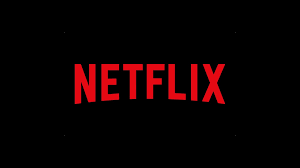
18/ I also discuss interesting topics like this once a week (with a healthy dose of dumb jokes) on the Not Investment Advice (NIA) podcast.
Subscribe here: youtube.com/notinvestmenta…
Subscribe here: youtube.com/notinvestmenta…

20/ One more factoid: Netflix’s revenue per employee is an insane $2.6m.
More than:
◻️Apple ($2m)
◻️Alphabet ($1.4m)
◻️Microsoft ($877k)
(Apple obvi crushes profits and FCF, though)
More than:
◻️Apple ($2m)
◻️Alphabet ($1.4m)
◻️Microsoft ($877k)
(Apple obvi crushes profits and FCF, though)

21/ @netflix is def one company where this meme doesn’t apply:
https://twitter.com/trungtphan/status/1343202533649612807
• • •
Missing some Tweet in this thread? You can try to
force a refresh

